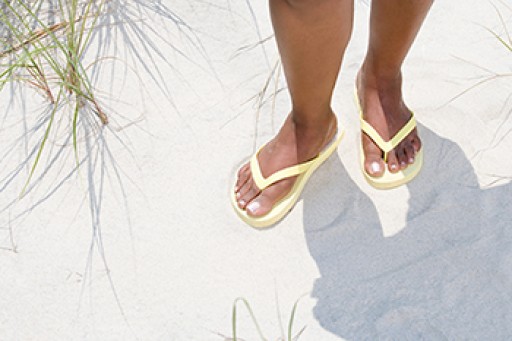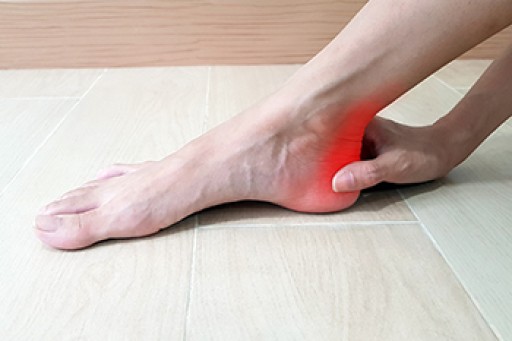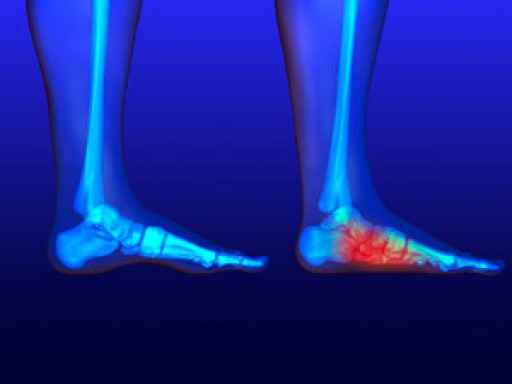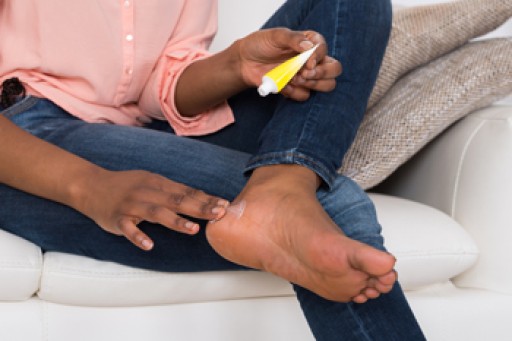When your ankle joint is damaged by arthritis, trauma, or a medical condition and it’s not responding to conservative treatment—and your quality of life is suffering—ankle replacement surgery may offer relief. This may be a viable treatment option, depending on your condition and overall health. Ankle replacement surgery (sometimes referred to as ankle arthroplasty) involves removing the damaged bone and cartilage of the ankle joint and replacing them with prosthetics made of metal or plastic that work together and operate like your natural ankle joint. Ankle replacement surgery can help increase stability and mobility in the joint as well as reduce pain. To learn more about ankle replacement surgery and determine if you might be a good candidate, it is a good idea to consult with a podiatrist for an exam and diagnosis.
In certain cases, in which the patient suffers from extreme pain or damage in a joint, joint replacement surgery may be deemed useful. If you have constant pain in a foot joint, consult with one of our podiatrists from Associates in Podiatry, PC. Our doctors will assess your condition and provide you with quality foot and ankle treatment.
What Is Joint Replacement Surgery?
Over time, joints wear down; this can be exacerbated by diseases and conditions. Joint replacement surgery, also known as arthroplasty, is when a damaged joint is surgically removed and replaced with a prosthesis. Prostheses, which can be made of ceramic, plastic, or metal, act as joints in lieu of an actual joint. One of the most prevalent causes for joint replacement is arthritis.
Arthritis in the Foot
Arthritis can occur in any joint in the body, including in the feet. Common types of arthritis in the foot are osteoarthritis, rheumatoid arthritis, and gout. The big toe is usually where arthritis occurs in the foot; this is known as hallux rigidus.
Joint Replacement Surgery in the Foot
The most common form of joint replacement in the foot is a first metatarsophalangeal (MTP) joint placement. MTP joint replacement surgery is designed to treat hallux rigidus. Surgery is not intensive, and recovery occurs within one to two months after the procedure has been done. Overall, joint replacement surgery is a safe and effective way to treat pain in the joint of the foot.
If you have any questions, please feel free to contact our offices located in Pittsburgh-South Hills, and Pittsburgh-Bellevue, PA . We offer the newest diagnostic and treatment technologies for all your foot care needs.












